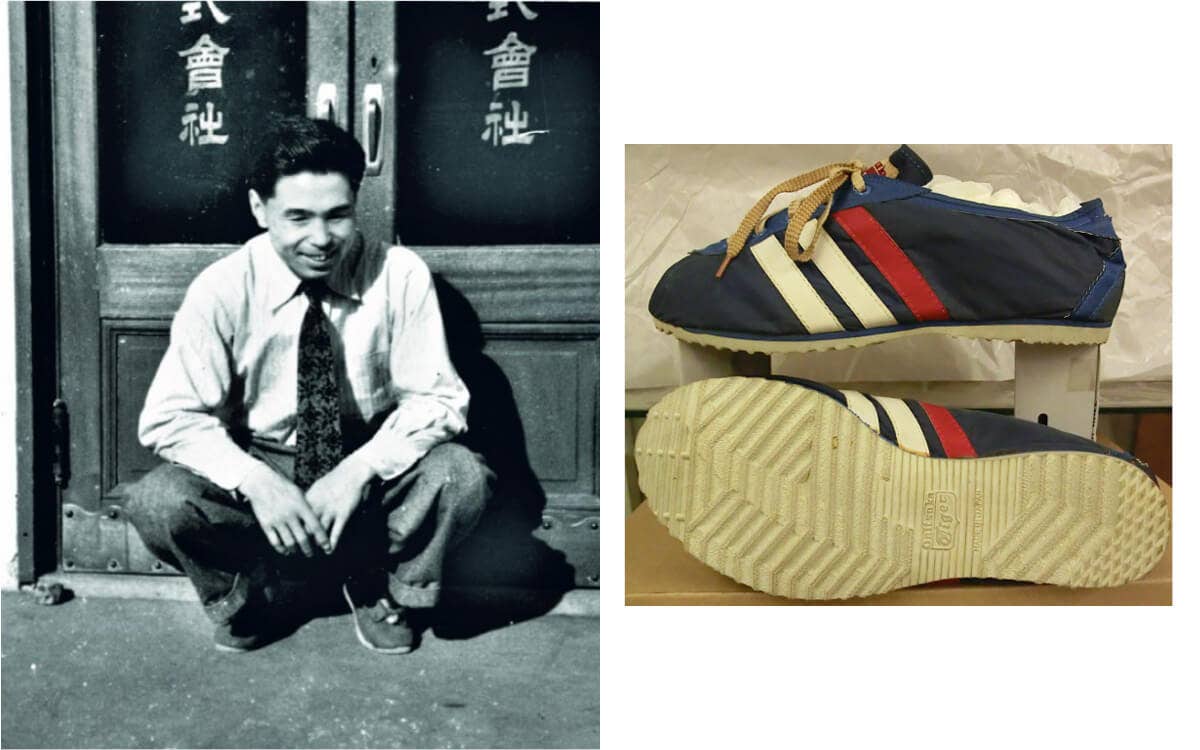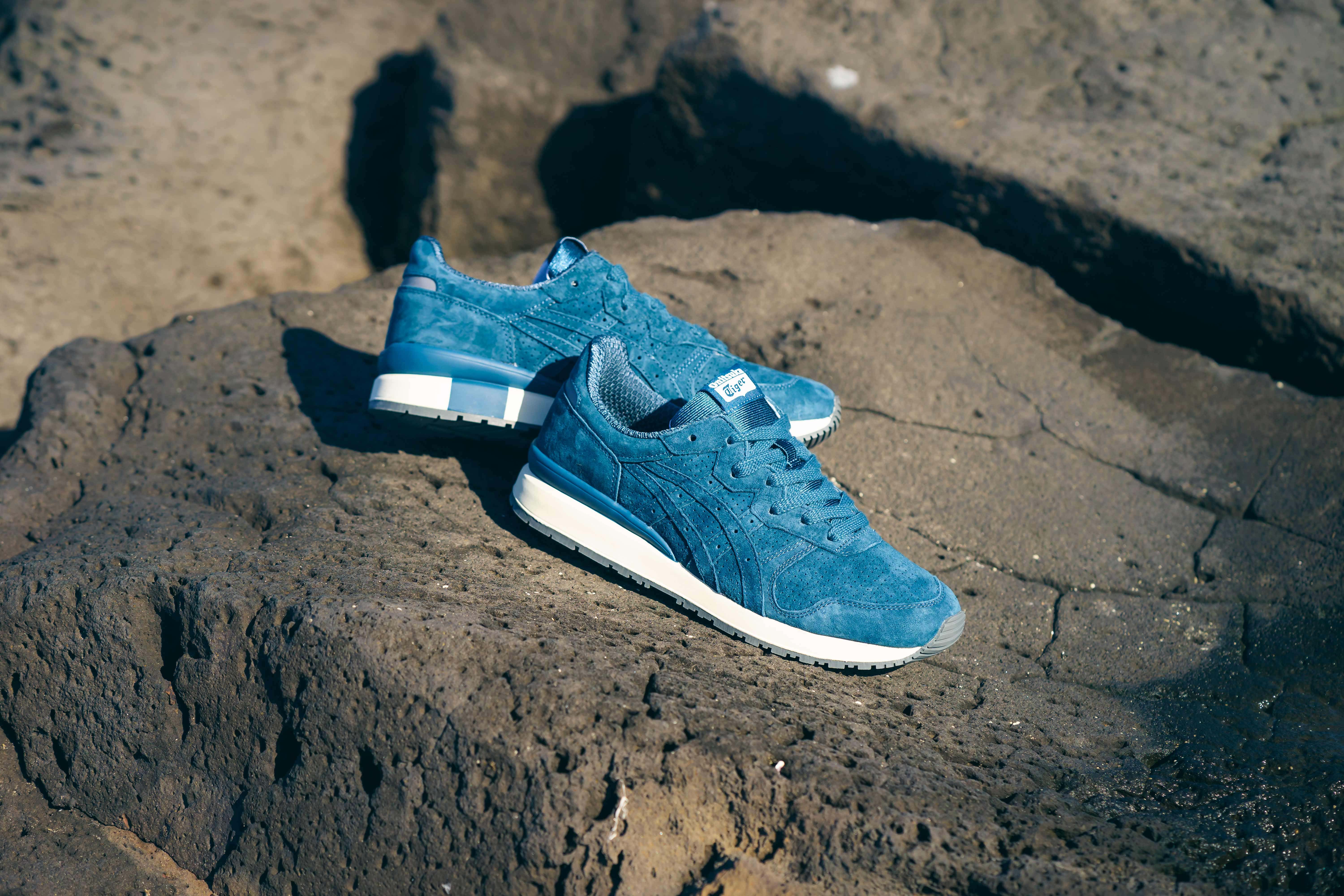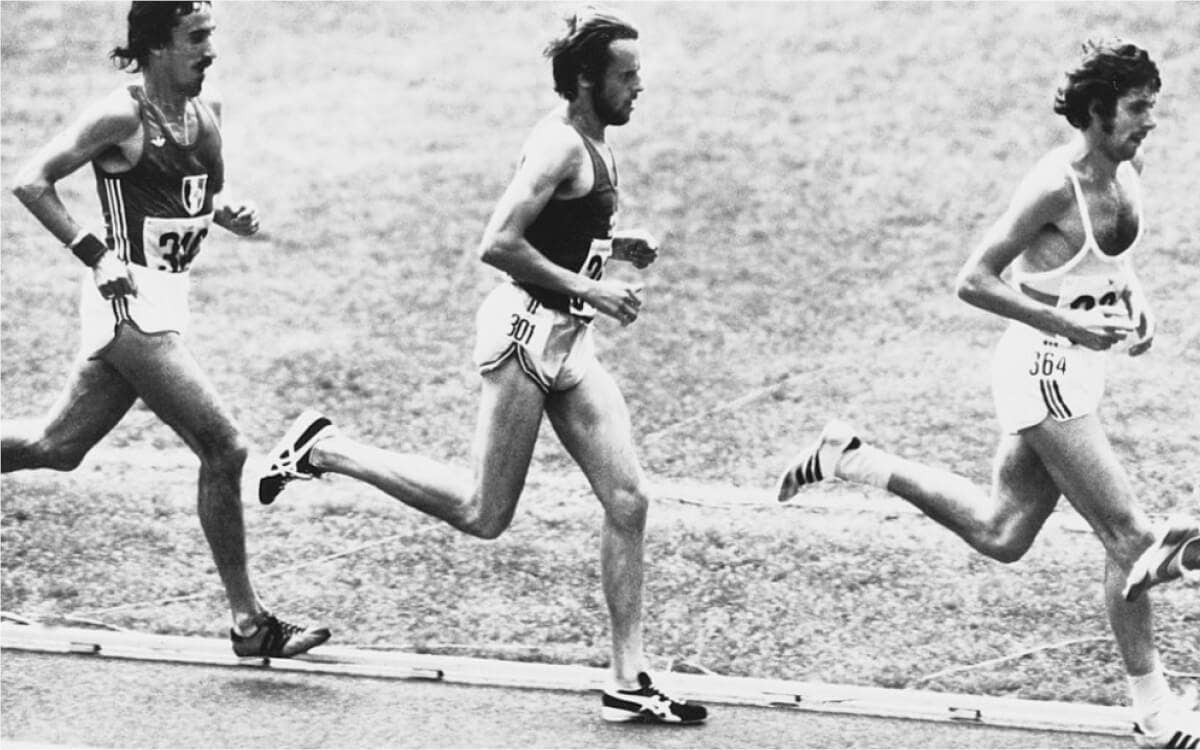The aftermath of World War II was a time of dramatic upheaval in Japan. Occupied by Allied forces, forced into democracy and officially dissolved as an empire within the first decade, the previously reclusive island nation was opened to the world and, in turn, began to export it’s culture more heavily than ever before. In 1949, five years after the end of the war, a former bootlegger named Kihachiro Onitsuka saw an opportunity to capitalise on the nation’s newfound obsession with American sports, and ostensibly to bring wartorn communities together, by creating the ultimate shoe for athletes.
His early attempts were disastrous, more akin to a straw sandal than a practical piece of footwear, and it would be several years before he struck onto a winning formula inspired, like many martial arts, by the natural world. While enjoying an octopus salad, Onitsuka was dismayed when the deceased cephalopods suckers - a masterstroke of evolution - posthumously gripped the side of the bowl and refused to come unstuck. Consternation gave way to ecstasy however when Onitsuka realised that same suction mechanism and concave design could be used to the advantage of basketball players, who need to be able to stop and change direction on the spot. That moment would birth two of the largest sportswear companies in existence, changing the face of sport and marketing forever.
The Onitsuka Tiger, as the shoe was coined, quickly became the footwear of choice for the burgeoning high school basketball scene in Japan, and Kihachiro Onitsuka began to look for other opportunities in sports. In 1959 inspiration struck again, this time as Onitsuka sat in the bath contemplating his wrinkles toes. Heat, he reasoned, must be the principal cause of blisters on a long-distance runners feet. The answer? Holes. Two years later, in 1961, legendary Ethiopian marathon champion Abebe Bikila won the Mainichi Marathon in Osaka wearing a pair of Onitsuka shoes, the first race he’d run in footwear.

Nineteen sixty-four was a huge year for Onitsuka Tiger shoes and Japanese sports in general. After losing the 1940 Olympics due to the outbreak of the second Sino-Japanese war, considered by some to be the real beginning of WWII, Tokyo was named the host city for the 1964 summer games. Yoshinori Sakai, who lit the Olympic Flame, was born in Hiroshima on the day the first nuclear bomb fell. The ‘64 games were the first to be broadcast via satellite, the first games in which South Africa was banned due to their policy of Apartheid and the first time athletes competed in an Onitsuka Tiger shoe, the fixed-stud RUNSPEED. Onitsuka Tiger was listed of the Kobe exchange around the same time, with the first export shipment delivered to an American middle-distance runner named Phil Knight. Less than a decade later, Knight’s company struck out on their own, trademarking the brand Nike and forever altering sports.
The Olympic games continued to be fundamentally intertwined with the evolution of Onitsuka Tiger shoes. In 1966 Onitsuka Tiger released the LIMBER UP KAWA BK, designed for the pre-trials to the ‘68 games in Mexico. The LIMBER UP was the first shoe to carry the now-legendary lines that remain on every Onitsuka Tiger and ASICS shoe. Sold now as the MEXICO 66, it’s the most iconic shoe in the Onitsuka Tiger collection.
The 1970’s saw Onitsuka Tiger shoes take a backseat as the company merged with GTO and JELENK to become ASICS, an acronym for the latin anima sana in corpore sano - a healthy mind in a healthy body. At the same time, that early connection with Phil Knight was coming back to haunt the Japanese firm. In 1974 Nike hired John Brown and Partners, a Seattle-based advertising agency, who pioneered brand advertising as opposed to advertising products directly. By 1980 Nike commanded 50 per cent of the American market, and went public in December of that year. They never slowed down.

As a result of the merger and evolution into ASICS, the company began focusing on a wider range of products, including skiing equipment, baseball supplies and even golfing equipment. While their footwear still performed at a high level, the iconic Onitsuka Tiger remained in the shadows, playing second fiddle to a new range of trainers and racing shoes. But the 90’s were a horrific decade for ASICS and their investors. When the Japanese economic bubble burst and the domestic ski market went down with it, the company ran at a loss for nine straight years.
But like all good heroes journeys, it was into going back to their roots that ASICS was saved. Capitalising on a wave of retro-nostalgia sweeping Europe, the original Onitsuka Tiger basketball boot was re-released to critical acclaim. Then, in 2003, a breakthrough: Uma Thurman, channelling a Bruce Lee kung-fu aesthetic, rocked a pair of bright yellow Mexico 66’s, directly linking the Onitsuka Tiger with sex, style and superhero functionality.
Since then the Onitsuka Tiger has continued to perform, with collaborations with everyone from Astro Boy to Dutch sneaker powerhouse Seventyfive. There are more than 25 Onitsuka Tiger boutiques in Japan alone, as well as others in Seoul, Paris, Berlin and London. And now, they are available at selected Barkers stores around New Zealand.

